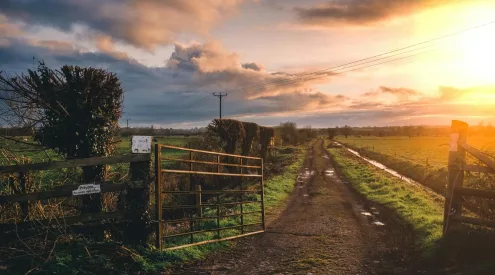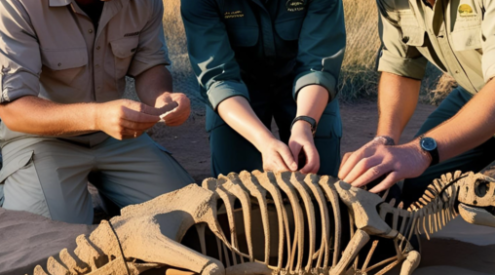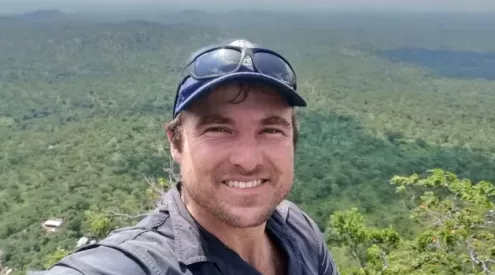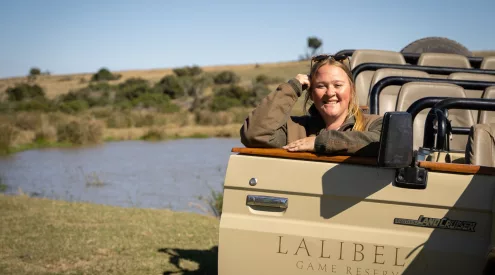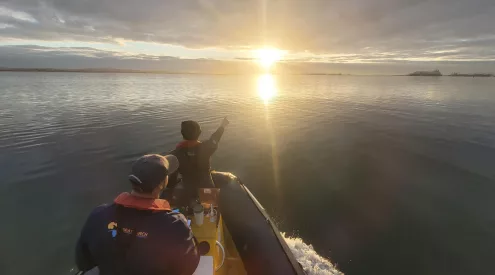Welcome to my blog, the intention of which is to bring you the latest stories and updates from the conservation world of lions, the fauna and flora with which they share their environment, and the communities that live alongside them.
Fossil evidence suggests that the earliest lion-like cat (Panthera leo fossilis) appeared at Laetoli in Tanzania in East Africa during the Late Pliocene epoch, around 5.0-1.8 million years Before Present (BP). In a pattern broadly resembling that of humans, lions migrated out of Africa during the Middle Pleistocene epoch (800 000-100 000 BP) into Europe, Asia and North America, and even extending as far south as Peru; becoming the most widespread large terrestrial mammals on Earth during the Late Pleistocene epoch (100 000-10 000 BP).
The modern African lion as we know it today appeared ca. 55 000-200 000 BP distributed throughout the Mediterranean, the Near and Middle East as far as India, and all of Africa.
As recently as 1975, over 200 000 lions may have roamed the African continent. In 2002 estimates put the population between 23 000 and 39 000, representing an 80 – 90% decline in less than 30 years. More recent reports from across the African continent suggest that not only are lion populations continuing to decline, but they may be doing so at an even faster rate.
Since the 2002 estimates, lions have been either fully or functionally extirpated from Ghana, Gabon, Congo and Côte d’Ivoire. Many subpopulations have also disappeared, such as four of the six populations within Nigeria.
It has been suggested that 10 out of 16 subpopulations within West Africa, identified by the International Union for Conservation of Nature (IUCN) in 2006, no longer exist.
In other areas, significant declines have also been observed in Kenya and within the Waza NP of Cameroon, whilst yet more are predicting declines over the coming years. In the Kruger National Park it is estimated that 75% of all lions will succumb to incurable bovine tuberculosis within the next 20 years.
With our collective pride there is still time to save the lion and secure the future of ‘the fiercest and most magnanimous of the four footed beasts’ – Samuel Johnson’s Dictionary of the English Language, 1755.
Over the coming weeks and months we will get into more detail on the challenges facing the African lion and what is being done about it around the continent.






